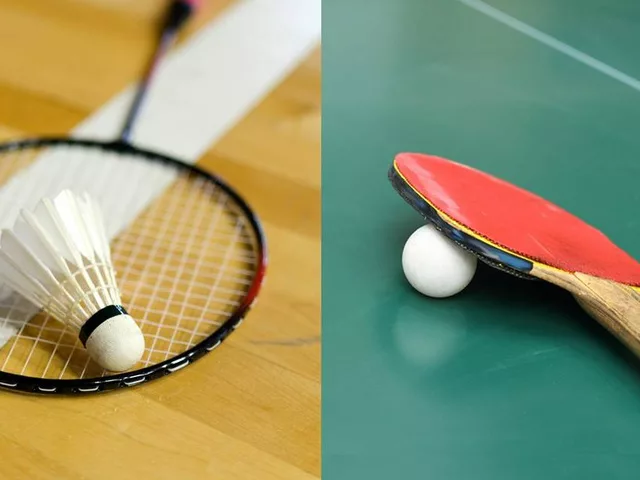

The Evolution of the Tennis Racket
The development of the tennis racket has evolved immensely since the origin of this beloved sport. The first rackets were conceived out of solid wood, which hardly resembles the sleek, lightweight designs we are familiar with today. Over the years, the tennis racket has seen transformations in size, shape, material and tension, all with the purpose of enhancing the player's performance.
The Birth of the Modern Tennis Racket
The first modern tennis racket was born in the late 19th century. This was the era of wooden rackets, and they dominated the sport for almost a century. The first rackets were very different from the ones we know today. They were heavy, with a small head and a long handle, making them difficult to maneuver. This is a far cry from today's lightweight rackets with larger heads and shorter handles.
Introduction of Laminated Wood
As time progressed, so did the technology used in crafting tennis rackets. The late 1940s saw the introduction of laminated wood, a significant change in racket construction. This process involved layering different types of wood to create a more durable and flexible racket. This was a remarkable step forward in racket design, as it allowed for greater power and control.
The Use of Metal
Following the era of wooden rackets came the use of metal. In the late 1960s, Wilson introduced the first steel racket, the T2000. This was a game-changer, as it was lighter and stronger than the wooden rackets. It also had a larger head, which gave players a larger sweet spot for hitting the ball.
The Birth of Graphite
The next significant development in tennis racket technology came in the early 1980s with the introduction of graphite. Graphite rackets, first introduced by Prince, were lighter, stronger and more flexible than their metal predecessors. This allowed players to hit the ball harder and with more spin, changing the game of tennis forever.
Increasing the Size
In addition to changes in materials, the 1980s also saw an increase in racket size. Manufacturers began to produce rackets with larger heads, which provided players with a larger hitting area, resulting in more power and control. This development led to the 'power tennis' era we see today.
The Introduction of Strings
Another crucial aspect of the modern tennis racket is the strings. The first rackets had strings made of animal gut, which offered excellent feel but lacked durability. The advent of synthetic strings in the late 20th century provided a solution to this problem, as they were more durable and cheaper to produce.
The Importance of Grip Size
One of the most understated yet essential features of the modern tennis racket is the grip size. The right grip size not only improves a player's control over the racket but also prevents injuries. The first rackets had very thick grips, which were difficult to hold for players with smaller hands. Modern rackets come in a variety of grip sizes, allowing players of all sizes to find a racket that fits them perfectly.
Customizing Rackets
Today, not only can players choose from a wide variety of rackets, but they can also customize them to fit their specific playing style. This includes adjusting the weight, balance, and even the shape of the racket. This level of customization was unheard of in the early days of tennis, and is a testament to how far the sport has come.
The Future of Tennis Rackets
The future of tennis rackets is exciting, with the possibilities of even more advanced materials and technologies. We can expect to see rackets that are lighter, stronger, and more customizable than ever before. As the game of tennis continues to evolve, so will the tools we use to play it.

Send Comment